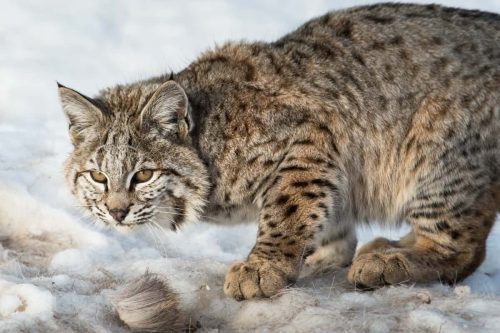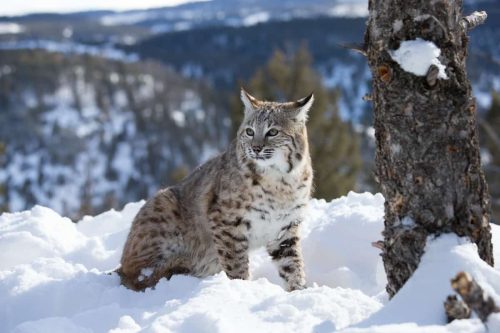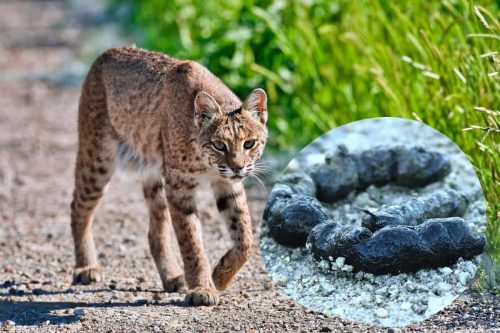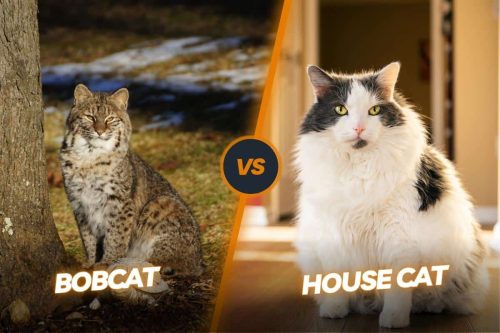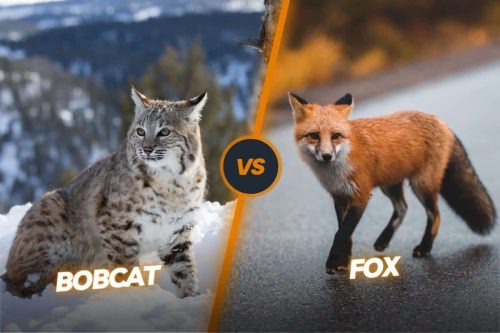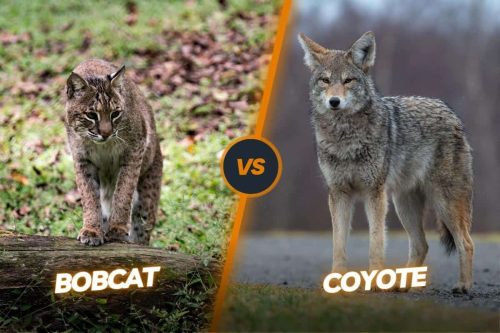Exploring Bobcats in Illinois: Habitat, Behavior, and Conservation
Bobcats are the native wild cats of the USA. It is present in almost all states including Illinois. In some states, it is available in very good numbers but in some areas, it has been enlisted as endangered species. In this article, we are going to discuss the presence of Bobcats in Illinois. How do these cats live in the state? What is the historical presence of these cats and what are the future prospects of Illinois bobcats? Stay tuned, in this article, you can get to know everything about the bobcat of Illinois.
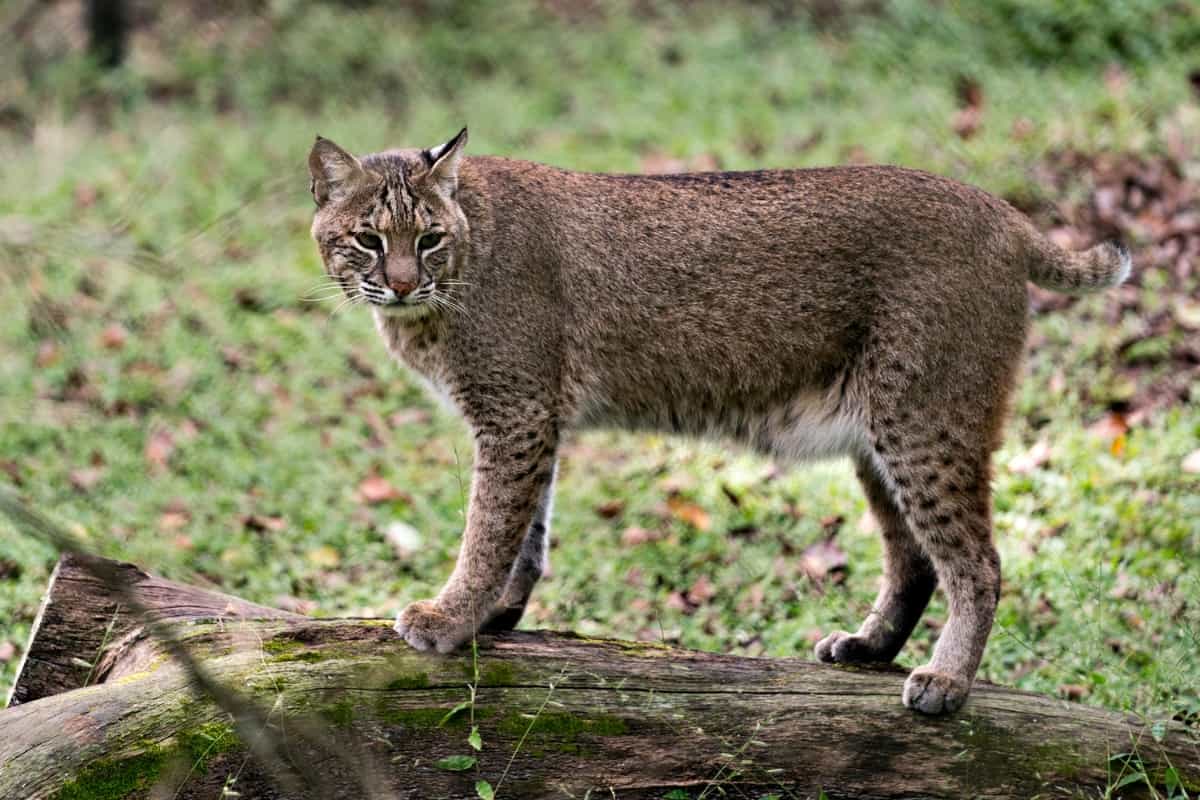
Contents
- Ecology of Illinois
- Are there bobcats in Illinois?
- Where do bobcats live in Illinois?
- Population of bobcat in Illinois
- Hunting and trapping of bobcats in Illinois
- History of bobcat recovery in Illinois
- Tracking of the bobcats in Illinois
- What is the role of bobcats in Illinois in maintaining its ecology?
- Laws and regulations for the hunting of bobcats in Illinois
- Conclusion
Ecology of Illinois
Illinois is basically famous for its very well-known and highly populous metropolis named Chicago. The state might not have an ideal habitat but there is a number of wildlife refuges that exist in the state and facilitate a lot of wildlife species. There are also many natural areas available near Chicago that are known for their good bobcats population. But bobcats is the only native wild cat specie that you can find in the state.
Are there bobcats in Illinois?
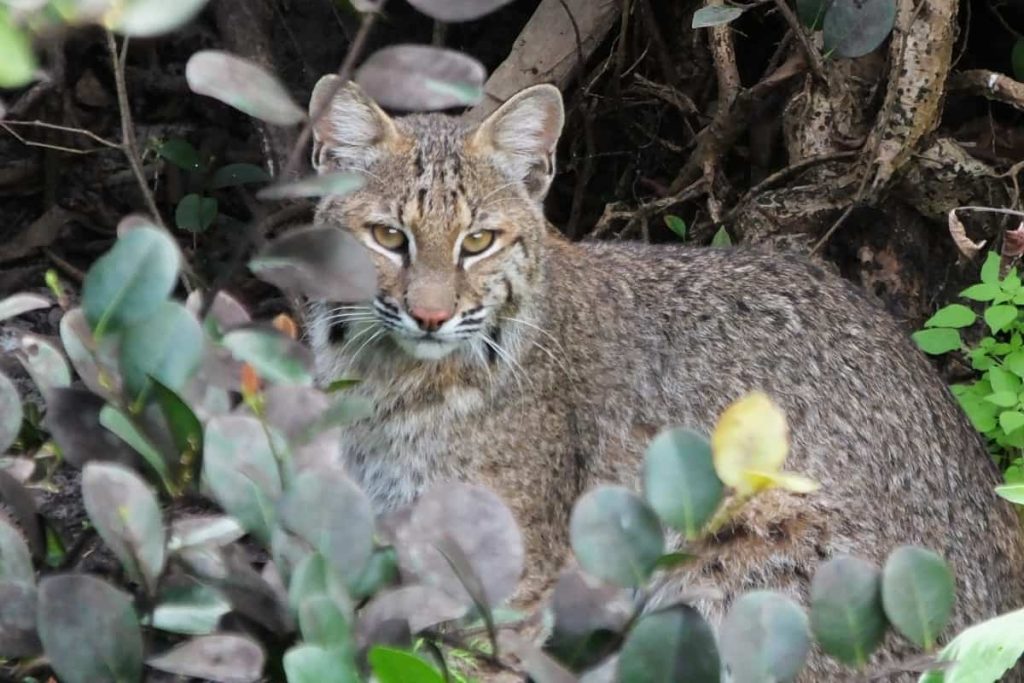
Yes, there are a lot of bobcats available in Illinois. The population of bobcats is also thriving very rapidly. In the 20th century, these cats had gone extinct due to excessive hunting for getting the fur and pelts of these cats and these cats were also perceived as a big risk to the livestock of people. At the end of the 20th century, these cats have been completely eliminated from the state and cats were declared threatened or endangered in the state.
However, the population of the bobcat is increasing very rapidly since 2016 and the population has become quite stable now in the state. This recovery has actually been made possible by the Illinois department of natural resources as the bobcat had been declared the state threatened species in 1977.
These cats are available on every side of the state but these cats are most prevalent in the southern side of the state. Bobcats have a very good home range which varies for both male and female bobcats. Male bobcats usually cover at least 20 square miles of the area while female bobcats cover just six square miles in their home territory. Sometimes these cats also overlap their home territory with each other.
See our article for Bobcats in Mississippi.
Where do bobcats live in Illinois?
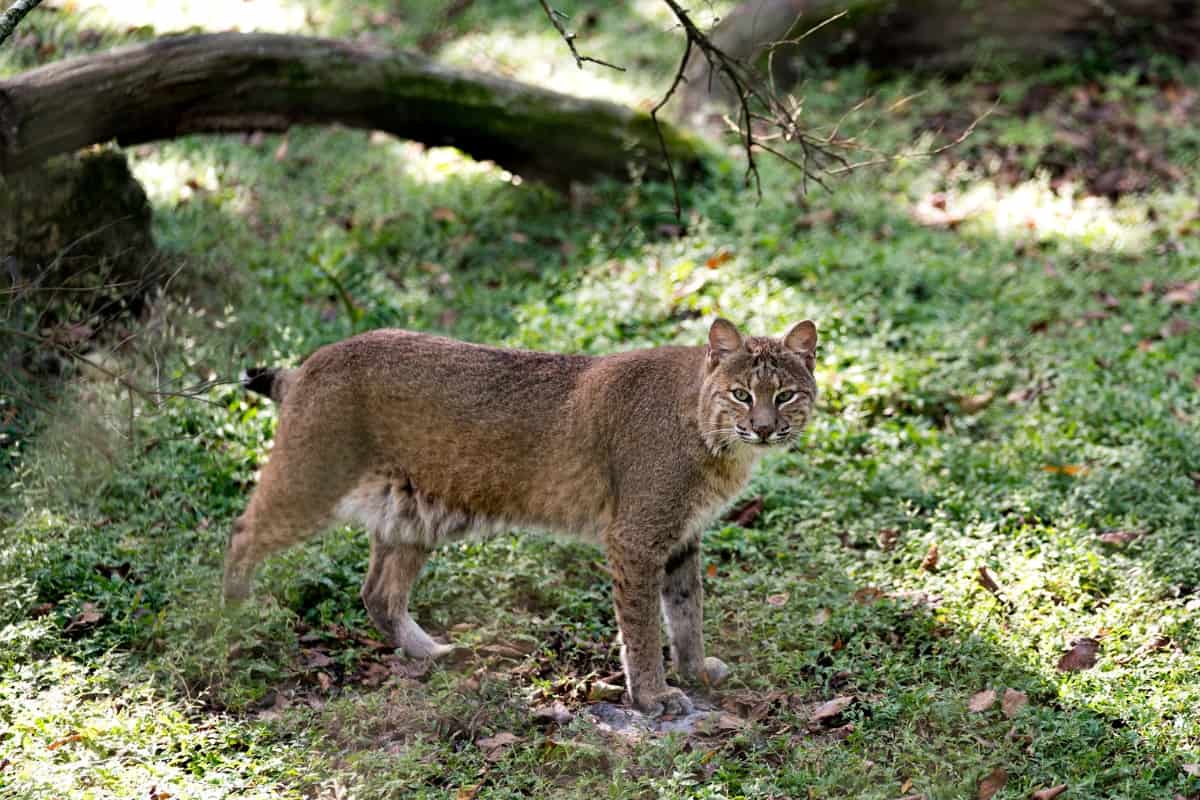
Bobcats are highly adaptable and flexible cats and these cats could easily adjust themselves to any kind of environment. It has been estimated that almost 5000 thousand bobcats are residing in Illinois state. You might not see these cats normally due to their solitary, shy, and elusive nature. Bobcats mainly prefer to reside in thick forests, under vegetation cover, swamps, and where they can find a good density of their prey population. These habitats are quite easy to avail in the southern side of the state. That’s why southern Illinois has a very high concentration of these cats.
Population of bobcat in Illinois
The population of the bobcat in Illinois is quite stable and continuously thriving day by day. According to the Illinois bobcat foundation, there are above 5000 bobcats who are presently living in 99 counties of the state. In the last three years, the authorities have received the confirmation of many bobcats in the Chicago suburban areas and in the southern Wisconsin region.
Several other things like tracking cameras were also deployed to calculate the exact number of bobcats in the state. It has been roughly estimated that almost 7 bobcats are seen by observers or hunters in every 1000 hours of observation. The population of the bobcat in the state had gone extinct for almost 4 to 5 decades but now it is recovering and thriving very rapidly. Owing to the thriving population of bobcats in the state, hunting and trapping of the bobcats have also been allowed since 2016.
Hunting and trapping of bobcats in Illinois
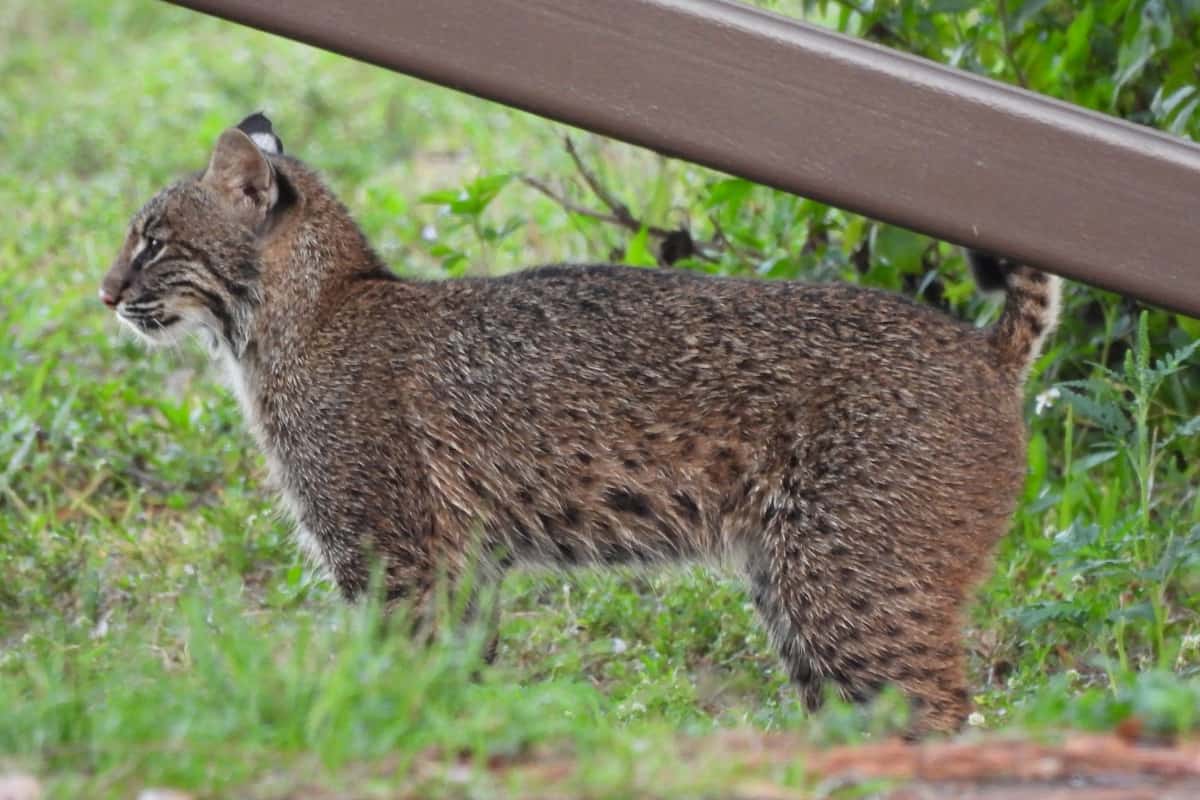
The population of many wild species was decreasing very rapidly throughout the state of Illinois and some of the species had completely disappeared from the state. To control this situation efficiently, several initiatives like modern wildlife management techniques, habitat restoration, regulations by conservation policy, and changes in land use to safeguard and recover these species.
These initiatives have proved highly helpful for the fast recovery of bobcat species in these states. Thanks to these policies of the state, the population of the bobcat is thriving very rapidly in the state. Managers of wildlife are still keeping an eye on the population of wildlife for their safeguard. The harvesting of the animals is also allowed for a limited and limited number without having any serious impact on the overall population of the bobcats.
Since 1995, only 120 bobcats have been radio-collared to track their exact movement in the wilderness. Previously bobcat was on the red-list and considered endangered or threatened species of the state. Now, it has been taken off this list and it has been added to the list of other furbearer species. The hunting and trapping of bobcats is also officially allowed since 2016. The season of hunting usually starts on 10th November and ended on 15th February.
History of bobcat recovery in Illinois
Bobcats were considered threatened or endangered species 4 to 5 decades before. Several harvesting laws and management techniques were implemented for the speedy recovery of these cats in the state. These steps have proved highly helpful and we have seen an upsurge in the population since the bobcat in the 1990s.
It was taken off the list of endangered species in 1999 and harvesting and hunting were officially allowed in 2016. The harvesting was started for the long-term recovery of these cats and to provide opportunities for the hunters and trappers in the state. It is still expected that the population of these cats will continue to rise especially along the rivers and forest areas.
Tracking of the bobcats in Illinois

A study was conducted by the department of natural resources for a deep study about the life of a bobcat. In this study, researchers tracked bobcats for two years in a 400 square miles area of union and Jackson counties where it is believed that a large population of the bobcats exists. In this regard, cages and foothold traps baited were set with the help of landowners and a team of volunteers.
They captured at least 99 bobcats and release 76 in the field with the radio collars and started tracking them. After just one year, researchers find out that 80% of these cats were surviving very healthily and only 14 fatalities happened due to road hitting.
What is the role of bobcats in Illinois in maintaining its ecology?
Bobcats play a very important role in maintaining the ecology of Illinois. For instance, it can control the extraordinary growth of some harmful animals like rodents, mice, rabbits, etc. According to the Illinois bobcat foundation, bobcats are the apex predators and these cats can easily prey on animals like owls, foxes, coyotes, and eagles.
Laws and regulations for the hunting of bobcats in Illinois
In Illinois, the hunting of bobcats is regulated by the Illinois Department of Natural Resources (IDNR). Below are some of the key laws and regulations that govern the hunting of bobcats in Illinois:
- You can hunt bobcats in the daytime during the season only.
- Mouth callers and hand callers are preferred.
- Decoys are legal to be deployed.
- Suppressors are not allowed.
- You can use night vision goggles and artificial and thermal lights for hunting bobcats.
- You can harvest only one bobcat by hunting or trapping.
- A federal cites tag is a must for each bobcat pelt.
Conclusion
Bobcats are very unique wild cats of Illinois and these cats are playing a very important role in maintaining the ecology of the state. That’s why the managers are maintaining a very healthy population of bobcats in the state. Animal rights activists have raised some issues regarding hunting and trapping permits but they could not win against corporate lobbies. Now, hunting and trapping are being done in a specific season under certain limits.

Izzy is an experienced ranch worker who has a passion for exploring nature and getting up close to wildlife. With her connections to various animal organizations, Izzy is well-versed in animal care and rehabilitation.

